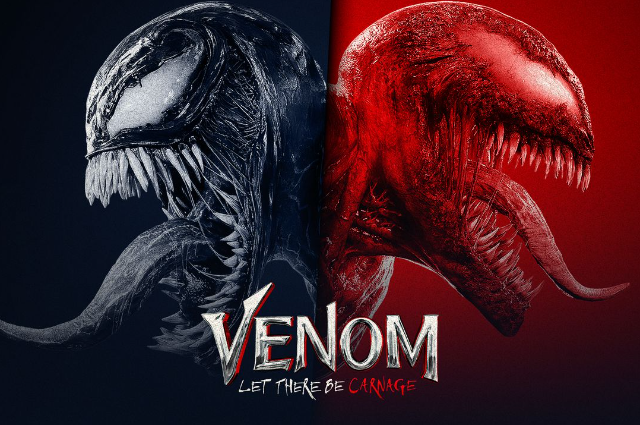
Image by Gerd Altmann from Pixabay
“Children must be taught how to think, not what to think”
It always brings tears to my eyes when I think about that time. I remember those days vividly when I was bedridden. I was unable to carry out basic tasks such as using the washroom without the support of my mother. I’d see my sister and other kids attending their classes and hanging out with their friends while I would just sit and cry in pain.
It was my usual school day, until it wasn’t. I was playing basketball with my friends in school when my leg suddenly twisted. I screamed in pain. It was just a ligament injury in my ankle.
“Okay, no worries. I’ll be fine”, that’s what I thought.
Little was I fine! Within a month, I noticed that instead of getting better, my pain worsened. Pain in my ankle started unfurling. My leg started aching. Gradually, my other leg started hurting and within no time my whole body started aching.
I was diagnosed with Fibromyalgia. I didn’t know then that it was stress that was affecting me until much later. But, when I realised it, I started going for therapy.
I would like you to try an activity out with me.
Close one of your palms into a tight fist. Use the equal amount of energy to try and open the fist with your opposite end.
Make sure that you don’t let your concentration loose. The moment you get a little distracted, your energy might become uneven and this activity will fail.

Now, let go. You might see it was pointless to try and keep fighting simply like that.
Here’s the thing to do instead.
Close the wrist and make a fist. Let it lay on your palm and just observe.
Soon, you will observe your fist loosening up and it becomes much easier to open it using your other hand now!
When you are really hurting, it becomes a painful task to try and let go of our thoughts, especially when we are more likely to believe them. Fighting our thoughts leaves us emotionally and mentally drained, be it fighting with someone else or our very own self. It is always good to take a step back.
So, what do we do in such scenarios?
Metacognition
In the movie ‘Venom’ (2021), Eddie Brock struggles to coexist with his extraterrestrial creature, Venom. A Serial killer named Cletus Kasady had another such creature called “Carnage” living inside him who did some serious damage. When these creatures lived inside Eddie and Cletus, they became insanely powerful.
Our feelings are Venom in this analogy. Our feelings can, at times, determine how powerful or powerless we feel. It is easy to get consumed and drowned into them. We get so carried away with how we feel that it starts to influence our every move. We start to think through this feeling. These feelings become our eyes. We see the world through them and leave no space for some other perspective. But, what you see is not always the truth.
In the movie, you might have noticed how Venom felt at different circumstances affected Eddie in some way or the other. Similarly, how we feel might influence our moves. Feelings are not always bad. They are merely messengers. It’s a way for us to know something is amiss. Our brain starts offering us a variety of reasons and then there you are with a train of thoughts!
Venom was hurt and thought it was over for him and Eddie in their battle with Carnage and Cletus, who were much more powerful than them. Regardless, they won. They won because they knew how to work with each other.
Most of the self-help books teach us the power of our thoughts but what they fail to tell you is that you cannot always control your thoughts. But what you can actually control is how you work with your thoughts and feelings. This implies that if we know how to work around our feelings and thoughts, our lives will improve significantly. What we do affects how we think and feel.

Source: The Direct
In the end, when Carnage left Cletus, its power went away from Cletus as well. So, when we distance ourselves from our thoughts and feelings, we dull their power impressively. We, humans, have this powerful tool called metacognition. This is, to be put simply, thinking about our thinking. The real challenge here is to think about our thoughts at a distance and create space from them instead of creating space for them.
Metacognition is a process where you take a step back and see things for how they truly are. When you do this, you are absolutely in control of how to respond and make better sense of everything. This also allows you to make better decisions in everyday life. You create stillness within and you no longer feel blinded or controlled by anything.
The Zoom Out Method
It might sound complicated, but it is rather simple. I used to volunteer at an NGO and the founder was a very spiritual being who was also a TEDx speaker. He was telling me about a video that he came across on YouTube. In that video, you were asked to think about the problem that you are facing. Now, zoom out. You’ll see that you are in a home, facing the problem. Zoom out again and there is a street having a house where you live struggling with some problem. Zoom out yet again and you can see more of the area you live in and in a small part you are sitting with that problem. If we keep zooming out, you’ll pass through cities, states, countries, continents and even galaxies. Your problem will start to seem insignificant in front of this universe.
When this idea was passed onto me, its intention was different. But what really happened when I imagined this was that I was able to see my thoughts from a third person perspective, like the ‘TPP’ of my favourite video game. I could see everything as it happened when I zoomed out a little. It was as if everything was suddenly crystal clear.
How did things appear this clear? When I was seeing everything after zooming out, I was seeing everything without placing any kind of sentiment to it and I was seeing everything for what they were. I was practising detachment through, what I like to call, ‘The Zoom Out Method’.
This Zoom Out method helps us practise Metacognition. Remember that the power of any thought is how much we buy into it, believe it and how much we invest in it. Thoughts are not facts. They are a mixture of perspective, opinions, interpretation, feelings, memories, stories, theories and so much more. These are just ideas offered by our brain to make sense of everything that might be happening. But the brain has limited knowledge to do that and since we have learnt that our brain’s job is to save us as much time and energy as possible, it takes shortcuts. That’s called heuristics.
When I discovered these skills that I learnt in therapy, I wanted everyone to know this. No matter what conflict I am facing, practicing metacognition through the zoom out method and letting go of my thoughts is still proving to be fruitful for me.
. . .
